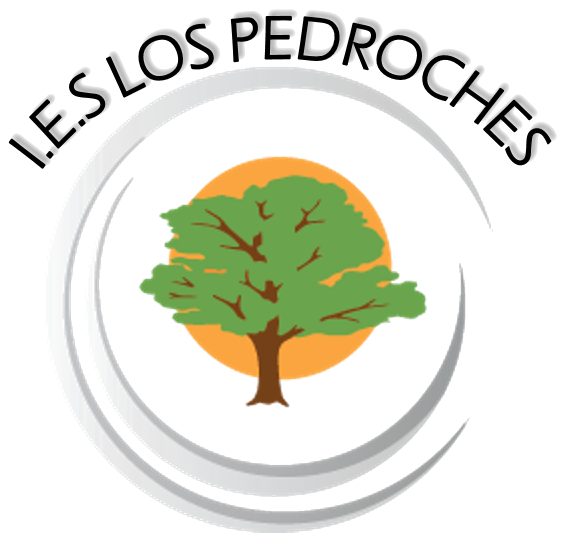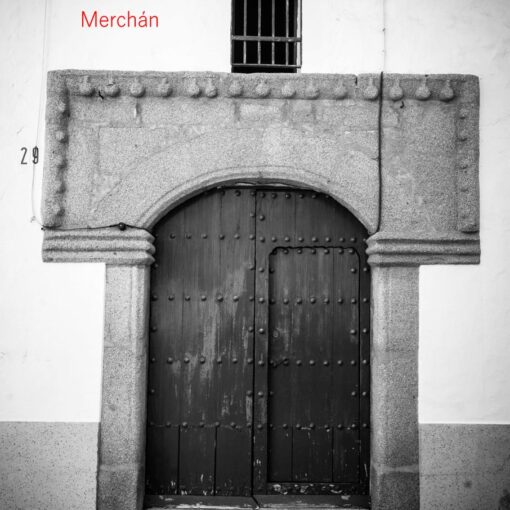 By Juan Antonio Ballesteros Fabios
By Juan Antonio Ballesteros Fabios
The United States differs from Spain in many aspects, from the culture and its customs to the people and their way of being. The educational system is no exception.
Before diving into the American system of education, I must mention that I had the pleasure to live in a region that had a lot of means available when it comes to education, this implies great school facilities, accessibility to fantastic technology, and overall, ways to succeed as a student. That being said, I will now explain some of the most interesting and characteristic aspects of the American educational system, and I hope to show you what it has to offer, as well as the uniqueness of the system itself.
First of all, I am going to talk about the system in the educational aspect. The American school year is divided in two semesters, each divided in two quarters. Grades are handed out midway and at the end of every quarter. The school schedule is very different from Spain’s, the school hours are similar; however, the school day is divided in four classes of one hour and a half each, meaning four classes per day. If a student picks eight courses to take in a year, he will have four of them in the first semester every single day, and the same the second semester, unlike here, where we have the same classes all year in a set rotation. Instead of recess, there is a thirty-minute lunch break to eat and chat with your friends.
Similar to Spain, American schools are organized by departments, the only difference is that there is more diversity when it comes to the classes you can take during the school year, the different departments are the following: English, Fine Arts, Art, Music, Health and Physical Education, Mathematics, Science, Social Studies, World Language and Career and Technical Education. They combine for a total of about 100 courses available to take as a student. The system requires students to earn a minimum number of “credits” in their 4 years with the school in order to graduate. A normal diploma requires 22 credits, an advanced diploma requires 26 credits; however, it is better for one’s resume for college. A credit is earned when a class is passed with at least a D- (6). Other than the mandatory courses (math, science, English, history) a student can choose four other classes of his choice.
Lastly, it is important to mention the use of technology. Smartphones, laptops, Head phones… are all allowed in school. Of course, they are for school use, but students can use their technology freely to work and sometimes to relax. If students abuse their technology, a teacher can always confiscate it, but schools are really open when it comes to promoting the use of technology.
Moving on, I am now going to talk about extracurricular activities and other events that take place in American schools. The most important part being, of course, school sports and after-school groups.
Most schools offer a wide variety of sports that students can take part in, they are given a lot of importance by both the school and the students. Good teams help a school’s reputation, while outstanding athletes can hope for scholarships from good colleges. Sports, however require an incredible amount of compromise: long practices every day, games away from town, tournaments… sports take time away from studies, but feeling part of a team and competing against other schools is a great feeling, they also help a student’s resume for college as well. They also a great source of entertainment, due to all games being open to the public, in which all student are free of charge. The sports available are these: Basketball, Track, Swimming, Wrestling, Football, Cheerleading, Cross Country, Golf, Field Hockey, Volleyball, Baseball, Soccer, Softball and Tennis.
For students who do not like sports, there are many extracurricular groups that students can become a part of. The concept is the same as in sports, but they are not taken as seriously, and the meetings don’t take place as often. There are all kinds of groups available, some clubs of the tops of my head are: debate group, vegan club, FBLA (Future Business Leaders of America), forensics club, biology club, French/Spanish club, choir and theatre.
Lastly, another special event that takes place twice a year is schools dances. They take place at the beginning and end of the year, and they are a great chance to go and have fun with your friends, however, the tradition is that a boy asks a girl to go with him to the dance in a special way. School dances are fun nights that everyone remembers for a long time.
To finish up, I am going to talk about some things that are promoted or given importance to in many schools of the US. A big difference from the Spanish system is that in American schools practical work is valued more than theory-related work. This means less written assignments and classic studying, but more presentations, projects and other practical activities. Abilities like public speaking or communication skills are really valued in this system. One of the biggest characteristics of American schools is the huge competition between students, as I said before, a student’s resume is really important when applying for college, so everyone is trying to differentiate themselves to be accepted by the best colleges. The school itself promotes this kind of competition as well, for example, with annual tests to measure a student’s capacity and in-school academic competitions that give the winners some kind of recognition. That being said, students are also shown the value of money from early on, there is no other country that values money the way the US does, everything is related to it, especially, how to earn it. This is what some call “the American dream,” working hard from early on to be successful later in life.
That is all I have to say about American educational system, this is how I reflect on my time in a United States’ high school, I am very lucky to have had that experienced and I hope this essay about its system was interesting.




